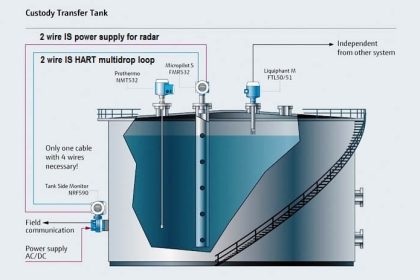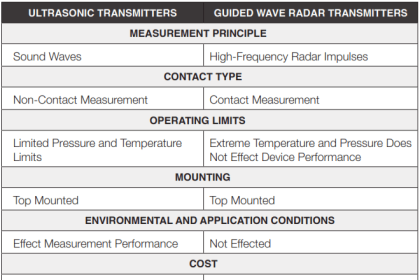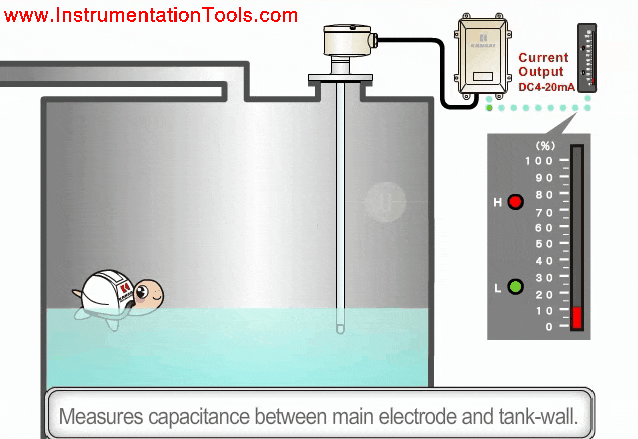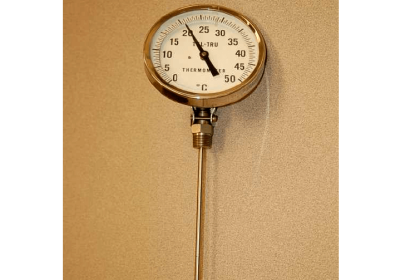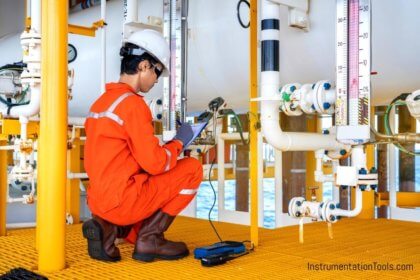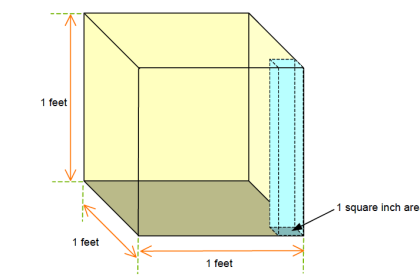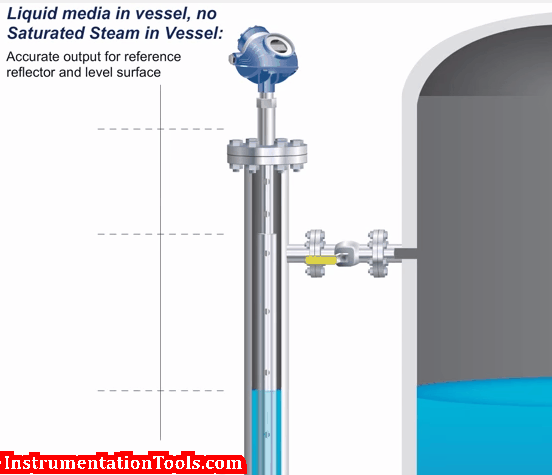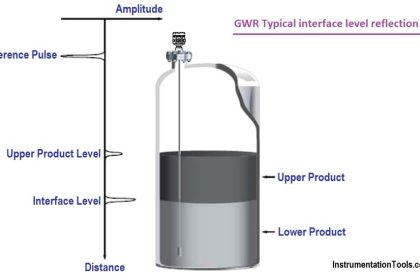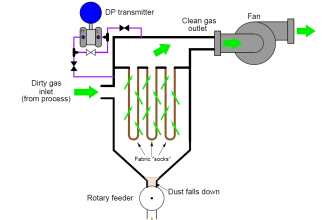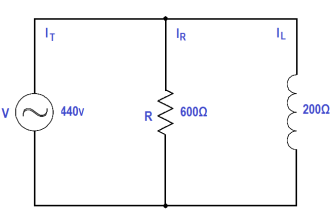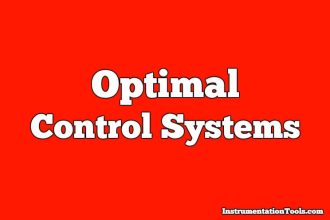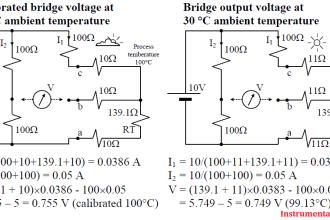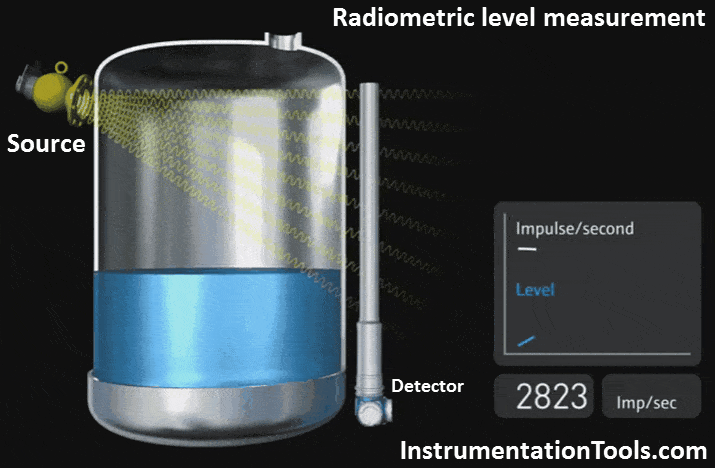
The radiometric level measurements work non-contacting and non-intrusive. As the components are mounted on the outer wall, they do not come into contact with the measured material and are therefore not exposed to wear and tear.
Gamma radiation, emitted from a shielded source is attenuated as it passes through the vessel. This attenuation is measured by a highly sensitive detector, mounted at the opposite side of the vessel. As type of radiation and measuring geometry are constant the attenuation will only be affected by a change in level.
The continuous measurement of level uses a radiation field over the whole measuring range. If the level rises within the range of the radiation field, the attenuation becomes stronger and consequently the detector measures less radiation. In this manner, the level can be reliably monitored – irrespective of pressure, temperature, viscosity, color and all chemical properties.
There are different possibilities how a radiation field is formed. Either a rod detector or a rod source is used; sometimes it is most beneficial to use both in combination.
Advantages
- Highly accurate and reliable
- No wear and tear
- No maintenance required at any time
- Unaffected by temperature, pressure, dust, colour, conductivity or chemical properties of the measured material
- Universally applicable on all kinds of vessels, without modification of the plant
Disadvantages
- Radiation Sources used for level measurement.
